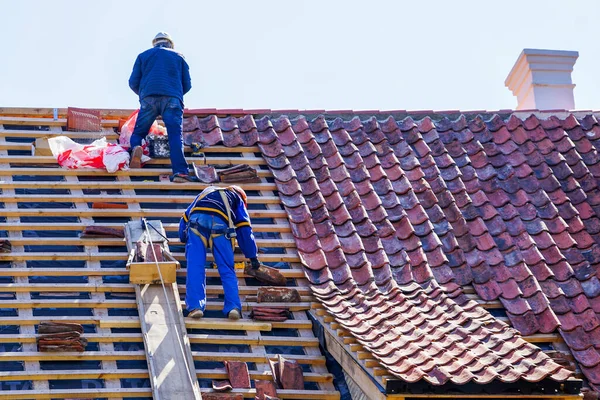The roof of your home takes a beating from pounding sun thrashing rain and winter snow storms. Replacing it doesn’t come cheap, and the choice of roofing materials can make a difference in both cost and longevity.
The best roofing materials for your home will depend on the climate and a variety of other factors, including maintenance, durability, lifespan and aesthetics.
Asphalt Shingles
Asphalt shingles are the most popular roof replacement cost oregon they are affordable and offer a variety of styles, shapes and colors that fit every aesthetic need they also resist extreme temperatures, wind, fire and algae.
Three-tab shingles are the most basic form of asphalt shingle they are thinner and have a flat design featuring three consistent tabs. Architectural shingles (sometimes called laminate or dimensional) are a more premium product that are available in many patterns and textures, including several slate-like options these shingles have a warranty that can last up to 30 years.
Malarkey shingles are a well-known brand with a wide variety of options that include high-quality class 4 impact resistance which can help lower home insurance rates their shingle color palette is extensive and includes a shadow tone granule blend for added depth and dimension.
Cedar Shake
Cedar shake is a premium roof that adds aesthetic value to your home. They are aesthetically pleasing and offer good durability against extreme weather conditions.
Cedar Shake shingles can be found in 3 different grades (types): common, selects, and 100% straight grain. The higher the grade, the better quality cedar shingle you will get.
If you choose to go with a cedar shake roof, be sure your contractor is using the best possible materials. It’s also a good idea to have a contractor’s workmanship warranty in place. This will protect homeowners against installation errors that can lead to premature repair costs or even a complete replacement. A workmanship warranty will also cover the cost of any needed roof treatments to extend the life of the cedar shake shingles.
Metal
When most people think of metal roofs, they imagine corrugated tin panels that conjure images of barns and sheds. However, metal roofing has evolved to fit in with a wide range of architectural styles. It’s also known for its longevity and resistance to storm damage, high winds, fire, and pests.
Steel, aluminum, and galvalume (a steel core coated with aluminum to prevent corrosion) are the most common metal roof materials. Galvalume is a great choice for homes near the ocean because it resists saltwater corrosion better than other metal roofing options.
Standing seam metal is a popular option for residential roofs, and it can be used on steeply sloped or flat roofs. This roof style can last 50 years or more, and it’s highly resistant to hail, high winds, and heavy storms.
Slate
Slate, which dates back centuries as a roofing material, is still one of the highest-quality materials for roofs. However, it is also expensive and heavy. Before changing to slate from another type of roof, a structural engineer must examine the building’s structure to make sure it can support a heavier roof.
Newer synthetic roofing products mimic the appearance of natural slates and wood shingles. They’re also easier to install and less prone to breakage than real slates. They come in a variety of colors and can add visual interest to any home.
Loose or missing slates pose a safety threat to people below the roof, while cracks and other signs of wear can hasten deterioration of the underlying structure of the roof. Regular inspections and prompt repair of any damage are essential.
Tile
When choosing a roof material, it’s important to consider the different options available. There are many roofing materials to choose from, including asphalt shingles, clay tile, natural slate, and metal. Each option has its own benefits and drawbacks.
Tile roofs are a premium choice that add value to your home. They are also energy-efficient and can reduce your utility bills. This is because the gap between the tiles prevents heat transfer, which helps regulate indoor temperatures.
If you are looking for a more cost-effective alternative to natural tiles, consider synthetic composite roofing. This material can mimic the look of wood shakes, terra-cotta barrel tiles, and slate. It is also lighter than natural tile and concrete. This makes it a great option for homes with limited structural support.



